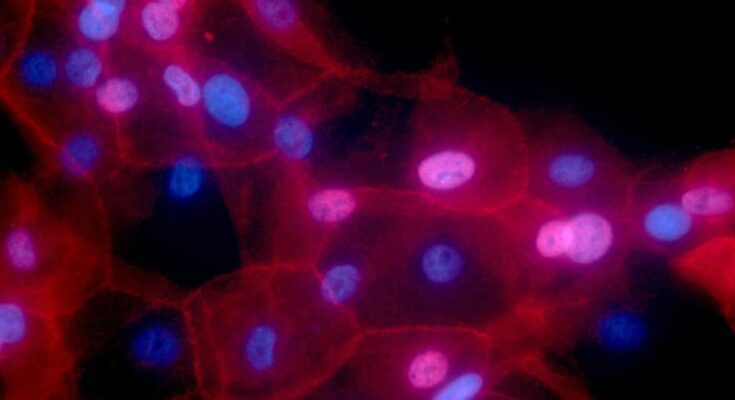
Millennials and Gen Xers cancers are increasing in the United States, with 17 types of cancer more common in Generation X and millennials compared to older generations. A study examining adults born between 1920 and 1990 identified significant differences in cancer rates and types across generations.
The study, published in The Lancet Public Health, highlighted the growing prevalence of cancers. These included breast, colon, rectal, pancreatic, and uterine cancers among younger adults.
Concerning increase in uterine cancer
One alarming finding is the sharp rise in uterine cancer rates. For those born in the 1990s, the risk of uterine cancer is about 169% higher than for those born in the 1950s, even when comparing people of the same age.
For example, someone in their 30s or 40s born in the 1950s had a much lower risk of uterine cancer than someone the same age born in the 1990s, according to Dr. William Dahut, chief scientific officer for the American Cancer Society.
A broader examination of cancer types
The study stands out for its broad scope, examining 34 types of cancer. Researchers found that 17 of these cancers have seen an increase in cases, and five have shown higher death rates among adults under 50.
The cancers with rising cases include gastric cardia, small intestine, breast, ovary, liver, and others. Researchers from the American Cancer Society and the University of Calgary analyzed data from over 23 million cancer patients and more than 7 million deaths.
Generational differences in cancer rates
The data revealed that cancer rates have been increasing with each generation born since around 1920. For eight of the 34 cancers studied, rates were about two to three times higher for those born in 1990 compared to those born in 1955.
This significant rise was particularly noted in cancers like pancreatic, kidney, small intestinal cancers, and liver cancer in women.
Possible causes
The study found that 10 of the 17 cancers with rising rates in younger generations are linked to obesity. These cancers include colon, kidney, gallbladder, uterine, pancreatic, and breast cancers.
Since cancer takes time to develop, these obesity-related cancers in young adults could be tied to their health during childhood. Dr. Dahut explained that if younger people are developing cancer, it suggests they were exposed to risk factors like diet or environment earlier in life, possibly in their teenage years or even before.
Rising cancer death rates
The study also found that cancer death rates have increased in younger generations, particularly for liver cancer in women, uterine, gallbladder, testicular, colon, and rectal cancers. This increase in death rates mirrors the rise in cancer cases.
Despite the rise in certain cancers, the study also offered some positive news. Cancers linked to tobacco use, like lung cancer, and HPV infections, such as cervical cancer, are not increasing.
In fact, they are declining among younger generations. The decline in cervical cancer is particularly notable, highlighting the success of the HPV vaccination among women born around 1990.
The importance of early screening
As cancer rates rise, the trend of earlier cancer screening is becoming more important. Experts suggest that changes in diet, reduced physical activity, rising childhood obesity, and advanced diagnostic tests are likely contributing to the trend.
Early screening has already started for cancers like breast and colon cancer, with the recommended age for starting screenings lowered in recent years.
Raising awareness for early detection
The study’s findings have significant public health implications. Researchers stress the importance of raising awareness about the signs and symptoms of cancer among young adults. Early detection and treatment are crucial for improving survival rates.
Symptoms to watch for include abnormal bleeding, persistent unexplained pain, unusual growths, fatigue, and weight loss.
Dr. Dahut emphasized the importance of seeking medical attention promptly, as delaying a diagnosis can lead to more advanced stages of the disease and poorer outcomes.



